Live Video Streaming

There are three main categories of live video streaming: non-interactive video streaming of sport events, here the tolerated latency can be 0.5s-1s. low-latency interactive video for video conference, here the tolerable latency is ~300ms ultra-low latency cloud gaming, here latency should be 100-150ms at most. B-frames are avoided in low latency streaming, the following […]
Software Testing and Statistics (simplified cases from real practice)

1) We often test programs which fails or get stuck occasionally (e.g. due to a race condition). Let’s suppose that after a specific fix the failure rate of the program has been reduced – how can we be sure with a high confidence this fix indeed reduces the failure rate and not the result of […]
Classification Visual Artifacts in Video Coding Systems

Content Blurring Color Bleeding Flickering Mosquito Noise Ringing Blockiness Staircase Motion Blur Tearing General Visual artifacts such as ringing, mosquito noise, flickering, blurring, blockiness etc. are caused directly or indirectly by the quantization in an encoder. Two types of video distortions are present: compression artifacts (due to lossy compression) and scaling […]
AVC/H.264 HRD (Hypothetical Reference Decoder)
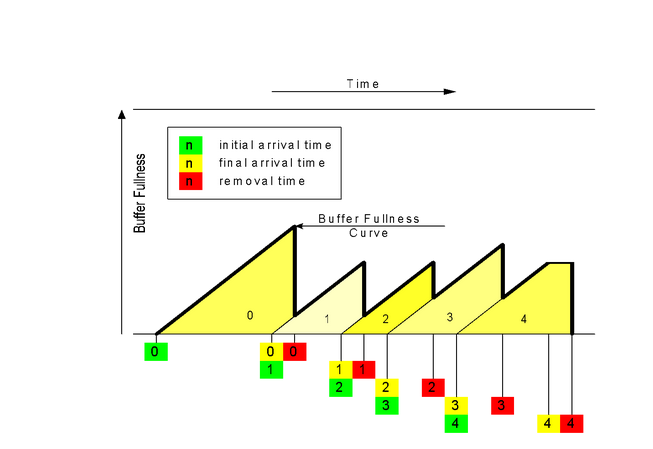
The sacred purpose of HRD does not overwhelm Decoder by strong fluctuations in instant bitrates General Flowchart Details Frames are removed from CPB instantaneously and decoded instantaneously and put onto DPB instantaneously. In other words a frame moves from CPB to DPB via Decoder in 0 seconds. Therefore HRD model is called Hypothetical. CBP […]
Visionular AV1 Codec versus HEVC Tesla T4 on Cloud Gaming Content
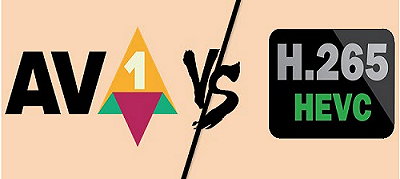
i compared Visionular AV1 codec (Aurora) against Nvidia Tesla T4 HEVC encoder on cloud gaming content and found that AV1 is significantly better than HEVC. With the permission of Visionular i share the results of the comparison: Conclusions: 1) On cloud gaming content AV1 Aurora reveals visual lossless coding (93 and above in VMAF) […]
LCEVC – New Scalable Video Standard
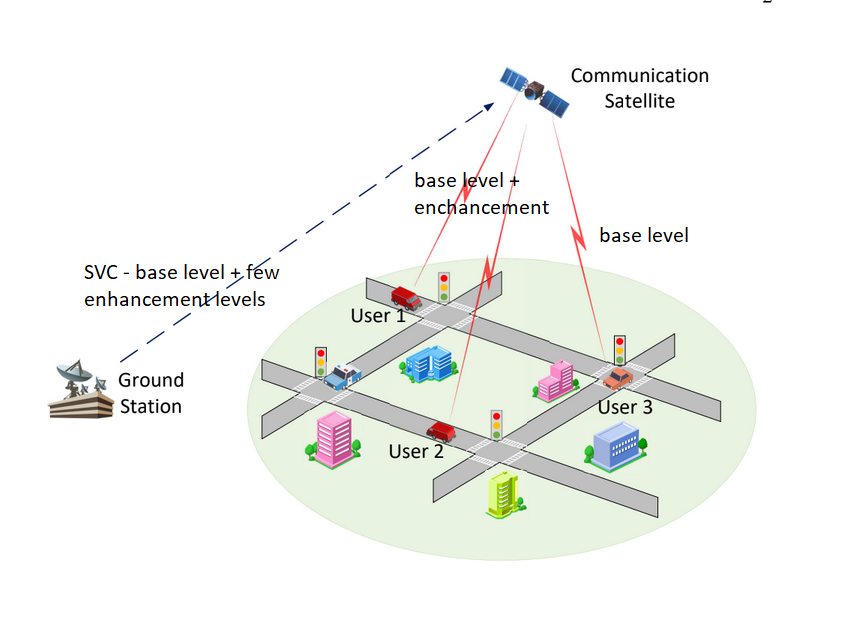
How Build and Run EVC Codec How Build and Run EVC Decoder In my opinion one of the reason why scalable video is non-popular in commercial applications – most of hw decoders in GPU cards don’t support scalable video because it’s complex and serial in virtue. Real-time decoding of scalable video by sw-encoders is […]
Scalable Video Coding (SVC) of AVC/H.264
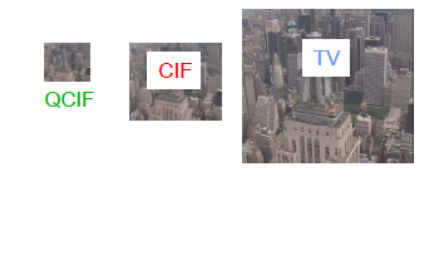
Reference H264 scalable codec – JSVM Appendix: Use Case Bitrate Adaptive Video Delivery in Scalable Mode Short presentation on Scalable Video Coding of AVC/H.264: In a scalable (layered) video coding the video signal is encoded as a stack of layers that makes progressive reconstruction at increasingly higher quality possible. The output from the […]
Deblocking Filter on Noisy Content can be Effectively Off
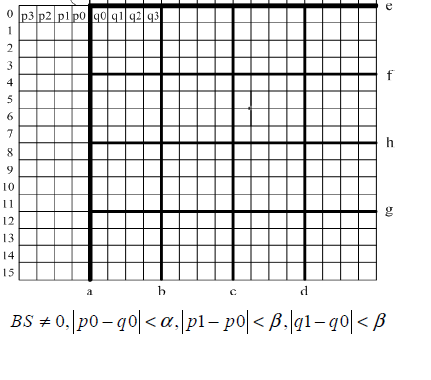
In H264/AVC the deblocking filtering can be effectively off on noisy content, since |p1-p0| and |q1-q0| tend to exceed the parameter ß To make the deblocking filtering applied on noisy content it’s required to increase the magnitude of ß (this parameter is controlled by the slice_beta_offset_div2 in the slice header). The same argument is correct […]
Video for Autonomous Defense Vehicles

The presentation Video for Autonomous Defense Vehicles was prepared by Yossi Cohen and reviewed by myself. Slava23+ years’ programming and theoretical experience in the computer science fields such as video compression, media streaming and artificial intelligence (co-author of several papers and patents). the author is looking for new job, my resume Donate videonerd.website
On Finding Optimal CTU Partition in HEVC/H.265
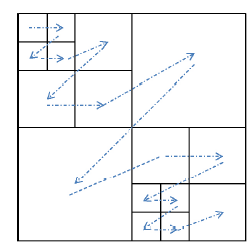
Content General HEVC CTU Partition Entropy-based method to get near-optimal CTU partition General The main task for an HEVC, AV1 and VVC encoders is to decide how to partition each CTU in optimal way. A straightforward approach is to go through all available options and decide the optimal coding mode (i.e. the optimal partition) […]
